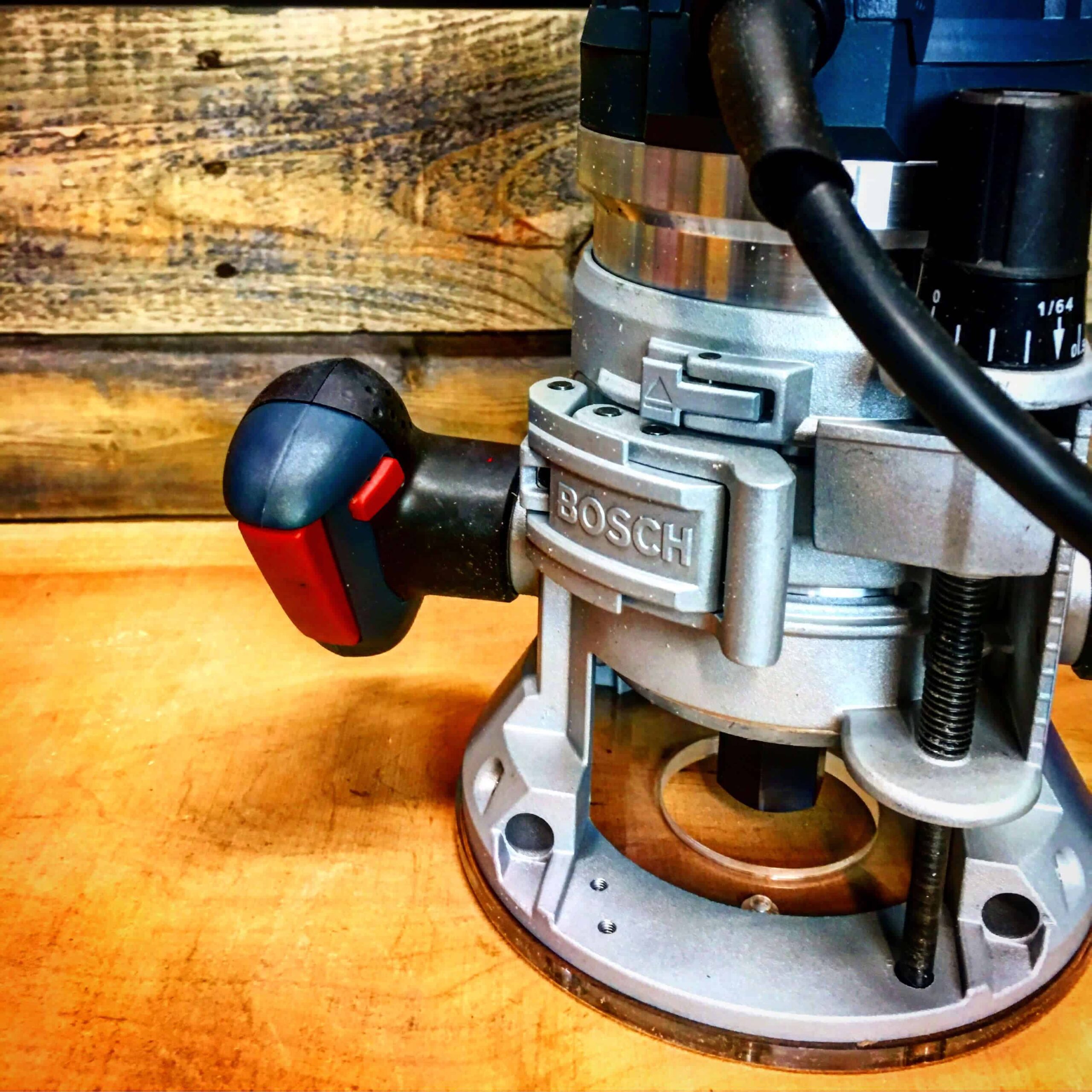There are a few different ways that people flatten slabs and one of those ways is by using a router. The two most common types of routers for this job are fixed base routers and plunge routers. In this article, we are going to discuss the pros and cons of each type so that you can decide which one is right for you.
If you’re looking to flatten slabs, you’ll need to decide whether a fixed base or plunge router is right for the job. Here’s a quick rundown of the pros and cons of each option:
Fixed base routers are more affordable and easier to use than plunge routers.
They’re also more accurate, making them ideal for intricate work. However, they’re not as versatile as plunge routers and can’t be used for freehand routing.
Plunge routers are more expensive than fixed base routers, but they offer greater versatility.
With a plunge router, you can rout in any direction, making them ideal for freehand work. They’re also perfect for working with larger pieces of wood. However, they can be more difficult to control than fixed base routers.

Credit: lazyguydiy.com
What Router Bit Flattens a Slab?
There are a few different types of router bits that can flatten a slab, but the most common and effective type is called a flush trim bit. This bit has a bearings on the bottom that ride along the surface of the slab, keeping the cutting edge flush with the top of the slab as it cuts.
Another type of bit that can be used to flatten a slab is called a spiral upcut bit.
This type of bit has helical flutes that spin in an upward direction, which helps to lift any chips or debris out of the cut as it’s being made. Spiral upcut bits are typically used in conjunction with a vacuum system to keep the work area clean and clear.
Can You Flatten a Slab With a Trim Router?
Trim routers are designed to trim and shape materials like wood, plastic, and metal. They can also be used to rout out small pockets and recesses in a workpiece. While a trim router can be used to flatten a slab of material, it is not the ideal tool for the job.
A better choice would be a power hand planer or a belt sander.
Which is Better Fixed Or Plunge Router?
If you’re looking for a new router and trying to decide between a fixed and plunge model, there are several things to consider. Both types of routers have their own advantages and disadvantages, so it’s important to choose the one that will best suit your needs. Here’s a rundown of the key differences between fixed and plunge routers:
Advantages of a fixed router:
– More stable than a plunge router, making it easier to get precise cuts;
– The depth of cut is more consistent since the bit doesn’t move up and down;
– Generally less expensive than comparable plunge models.
Advantages of a plunge router:
– More versatile than a fixed router – can be used for both edge work (routing along the edge of a piece of wood) and general routing;
– Easy to adjust the depth of cut, which can be helpful when working with different materials or making intricate cuts;
– Some users find them easier to control than fixed routers.
How Do You Flatten a Slab With a Router?
Assuming you are talking about a concrete slab, there are a few ways to flatten it with a router. One way is to use a power planer or power trowel. Another way is to use a hand-held grinder with a diamond blade.
Or, you can rent a large floor sander and sand the entire surface evenly.
How to Flatten a Live Edge Wood Slab
Router Sled
A router sled is a tool that allows you to make precise cuts in wood. It consists of a base, which is attached to a workbench or table, and a platform that the router sits on. The platform can be moved back and forth along the base, and it can also be tilted to adjust the cut angle.
Router sleds are very popular among woodworkers because they allow for precise, repeatable cuts. They are often used for making dovetail joints, but they can also be used for cutting other types of joints and shapes. Router sleds are relatively easy to use once you get the hang of them, and they can save you a lot of time and effort when compared to other methods of cutting wood.
Conclusion
If you’re looking to flatten a slab of wood, you may be wondering whether to use a fixed base or plunge router. Here’s a quick overview of the pros and cons of each type of router to help you make the best decision for your project.
Fixed base routers are more accurate than plunge routers, making them ideal for detailed work.
However, they can be more difficult to control, so they’re not always the best choice for beginners. Plunge routers are easier to maneuver and provide more power for tough jobs, but they’re not as precise as fixed base routers.
Ultimately, the best router for flattening a slab will depend on your skill level and the specific requirements of your project.
If you need maximum precision, go with a fixed base router. If you’re more concerned with speed and power, choose a plunge router.
